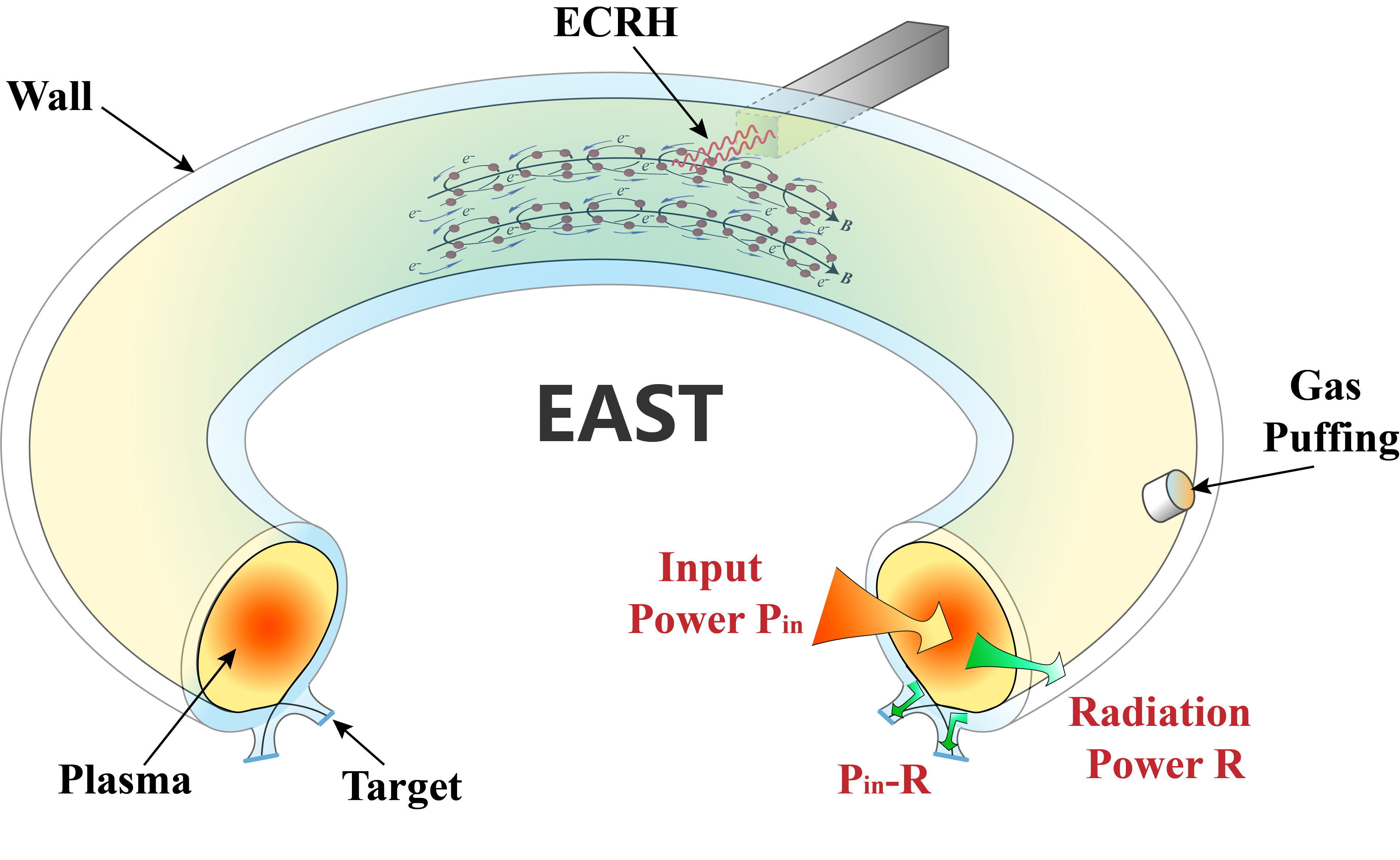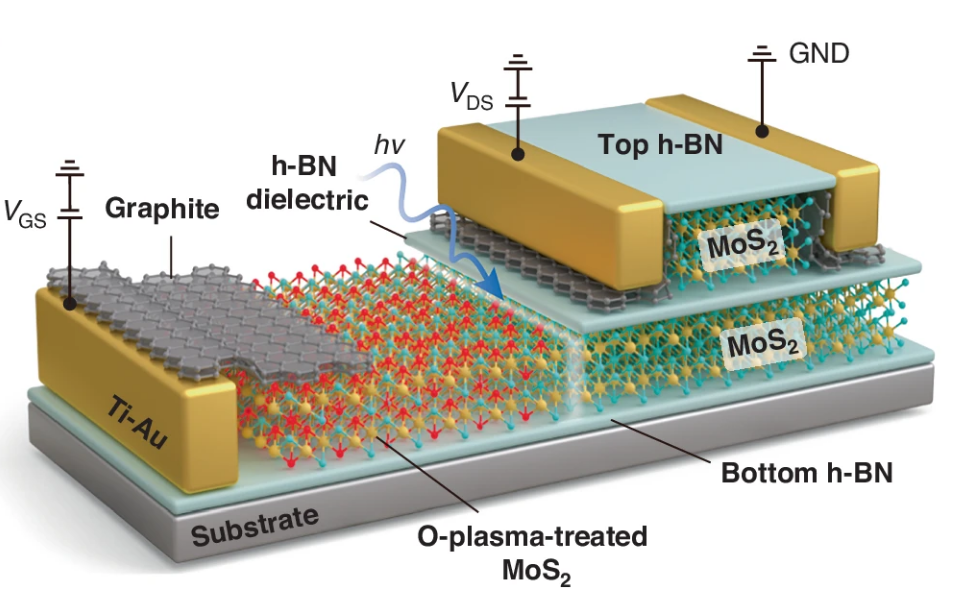

A research team led by Prof. WAN Yinhua from the Institute of Process Engineering has developed a machine learning framework to analysis virus filtration processes in therapeutic protein purification. The new method enables intelligent identification of critical parameters affecting virus retention efficiency and provides predictive guidance for process optimization.
A research team led by Prof. WANG Shuqiang from the Shenzhen Institute of Advanced Technology of the Chinese Academy of Sciences introduced a Prior-Guided Adversarial Learning with Hypergraph (PALH) model for predicting abnormal connections in Alzheimer's disease.
A research team from the Yunnan Observatories of the Chinese Academy of Sciences, in collaboration with domestic and international partners, has carried out observational studies on SN 2024gy—a high-velocity Type Ia supernova (SN Ia)—using the Lijiang 2.4-meter telescope.

Researchers working on China' s fully superconducting Experimental Advanced Superconducting Tokamak (EAST) have experimentally accessed a theorized "density-free regime" for fusion plasmas, achieving stable operation at densities well beyond conventional limits.

Prof. ZHOU Yongjin's team from the Dalian Institute of Chemical Physics of the Chinese Academy of Sciences and Prof. Martin Grininger's team from Goethe University Frankfurt developed a modular and programmable fatty acid synthesis platform which enables high specificity production of medium-chain fatty acids in yeast.
Prof. LIU Cong from the Shanghai Institute of Organic Chemistry of the Chinese Academy of Sciences, along with collaborators, revealed the high-resolution structures of amyloid fibrils directly extracted from biopsy samples of living patients with systemic light chain (AL) amyloidosis, providing new molecular insights into how patient-specific protein sequences and tissue environments shape amyloid architecture.

A new study demonstrates that rapid, label-free readings from individual yeast cells can be translated into many of these same key process metrics—while also uncovering cell-to-cell variation masked by bulk testing methods.
Dr. DONG Peng's team from the Shenzhen Institute of Advanced Technology and the collaborators from Sun Yat-sen University discovered that TMZ treatment induces the formation of HDAC1-CTCF condensates in GBM cells, and they identified the small-molecule compound Resminostat as a therapeutic agent capable of targeting these condensates.
A new study led by a research team from the Nanjing Institute of Geography and Limnology of the Chinese Academy of Sciences has investigated DIN export patterns in a representative subtropical catchment in southeastern China. Leveraging the Hydrological Predictions for the Environment (HYPE) model, the study assessed the primary drivers of fluctuations in DIN export, as well as the potential impacts of projected future climate and land-use shifts.
A new study led by Prof. ZHANG Yongqiang from the Institute of Geographic Sciences and Natural Resources Research of the Chinese Academy of Sciences, has delivered a highly observation-constrained assessment of the global water cycle to date. The study integrates satellite-derived hydrological estimates, multi-model Earth system simulations, and long-term observations from 50 major river basins worldwide via an advanced Emergent Constraint framework.
A research team led by Prof. WANG Zhenyou at the Aerospace Information Research Institute of the Chinese Academy of Sciences has developed a microscopic time-gated Raman spectrometer capable of non-destructive, micrometer-scale chemical analysis of fragile archaeological ivory—even when strong fluorescence would normally obscure the signal.
A new study presents a zero-shot learning (ZSL) framework for maize cob phenotyping, enabling the extraction of geometric traits and estimation of yields in both laboratory and field settings without the need for model retraining.

Drawing inspiration from the remarkable adaptability of the human eye, researchers from the Institute of Metal Research have developed a novel phototransistor with tunable sensitivity. This breakthrough provides an efficient solution for detecting low-contrast targets in complex visual environments, which is a critical challenge for advanced machine vision systems in applications such as precision guidance and smart surveillance.
Researchers at the Ningbo Institute of Materials Technology and Engineering of the Chinese Academy of Sciences have made an important breakthrough by developing a three-dimensional electrical imaging technique that directly reveals how defect passivation treatments work in perovskite films.

86-10-68597521 (day)
86-10-68597289 (night)

52 Sanlihe Rd., Xicheng District,
Beijing, China (100864)

